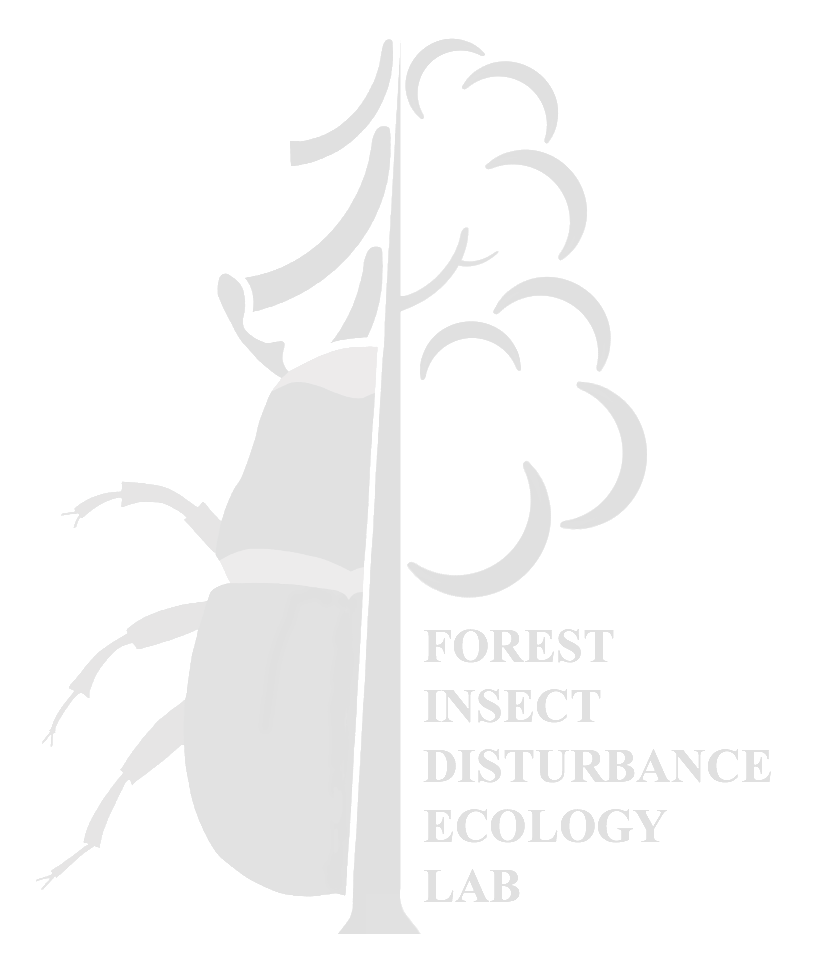PROJECT TEAM
Michelle Yim, Honours Student
Dr. Debra Wertman, PhD
Sichen Zhou, MSc. Student
Dr. Allan Carroll, PhD


HIDDEN DIVERSITY IN RED ALDER FORESTS
Red alders (Alnus rubra) are known for supporting diverse invertebrate communities through their nitrogen-fixing ability. Yet, red alder forests are increasingly threatened by human disturbances and climate change, putting their native invertebrate communities at risk. In this research, we investigated the family-level diversity of beetle bycatch from ethanol-baited funnel traps originally targeting ambrosia beetles in red alder forests of the Lower Mainland, British Columbia. We identified 50 families, the majority of which are saproxylic, while others include herbivores, predators, and pollinators.
“Inconspicuous yet indispensable, native beetles sustain forest health in a world of declining invertebrate populations.”
– Michelle Yim
THE ROLES OF FOREST STRUCTURE AND FRAGMENTATION
Building on the ecological variety and functional roles observed in beetle bycatch, we aimed to better understand the drivers of beetle diversity in red alder forests. We evaluated the influence of stand conditions (such as tree density, stem diameters, and diversity) and forest fragmentation (quantified using metrics such as edge-to-area ratio) on Shannon diversity, richness, and abundances of the beetle assemblage. This study advocates for the potential use of beetle bycatch as a tool for biodiversity monitoring and provides insights for management practices in red alder ecosystems, with the goal of protecting these small but ecologically important organisms.
